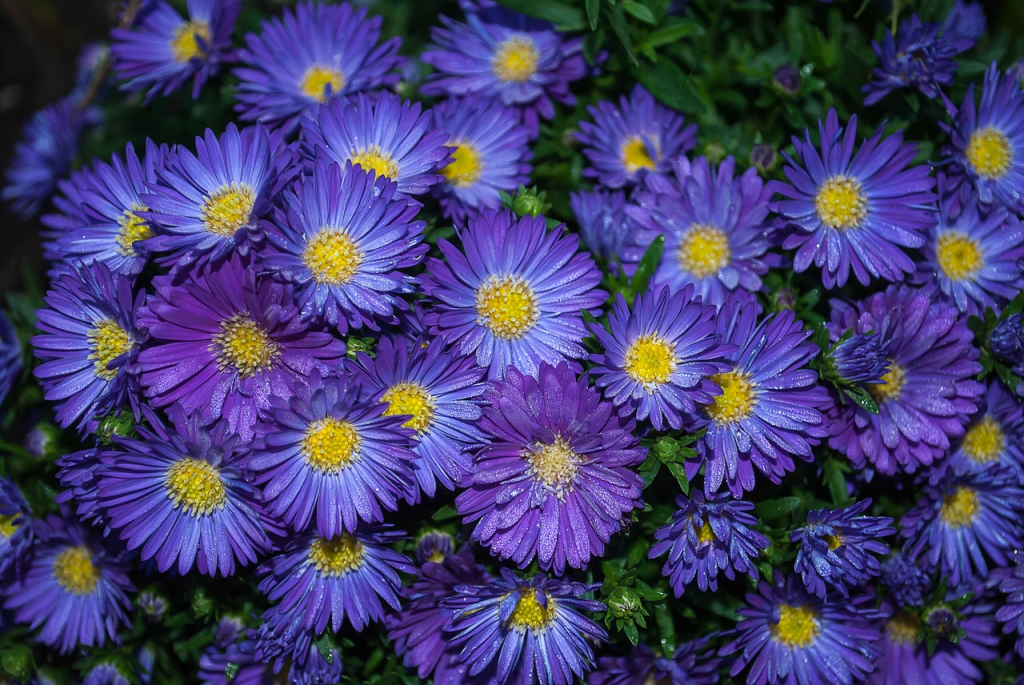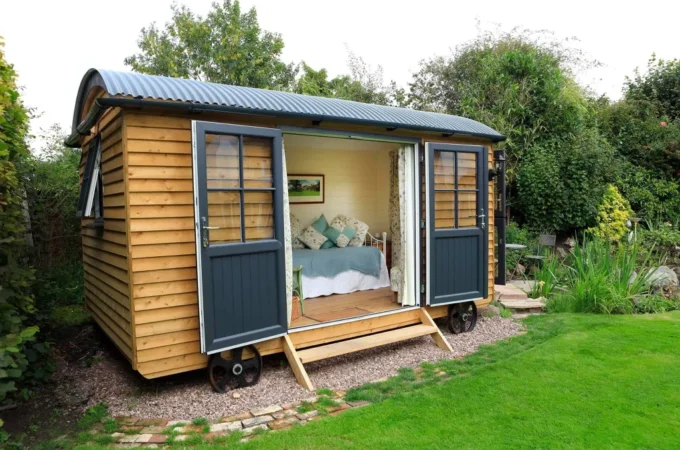
3 Wildflowers Every Gardener Would Love In Their Garden
Every gardener has their favorites, but there are some wildflowers that everyone loves. If you live in regions that are primarily warm and dry, you will find perennials are always a great choice. Perennials are easy to plant and maintain. With minimal care, they will return year after year. They are perfect for ground cover and they will draw hummingbirds to your yard.
Perennials come in a wide range of colors and if you have a large area, you can sew your seeds to create beautiful meadows that will return year after year
Planting Perennials
Perennials can be planted in the spring or fall, but most gardeners agree, spring is the best time to plant, especially if you are planting from seeds. The soil stays warmer for more hours in the spring. While perennials survive well in dry conditions, you do need some rain to get them started.
Perennials will return year after year and each year they will grow bigger. So, before you plant your new plants, take advantage of the spring temperatures to divide and separate some of your larger blooms. Having mature plants allow you to create a garden that is designed with a unique look.
Remember, when you are working on the division of the mature plants that it is all about the foots. They must be handled carefully.
Wildflower favorites
Purple Coneflower
These flowers come in several varieties, and they are often seen in wildflower gardens. They are drought resistant, so they grow well even in dry climates. They have a large center cone of yellow/gold and the petals are a light purple with a pink hue. They attract butterflies and bees and they are deer friendly. If you plant the Purple Coneflower in February, you can expect a mid-summer bloom.
The Purple Coneflower has a fibrous root system. This makes dividing and transplanting them much easier than other wildflowers.
The daisy-like flower petals point backward. This draws bees, and butterflies to the nectar in the large center cone. Purple Cornflowers are actually named Echinacea Purpurea, and they come in a wide range of colors. They include orange, pink, purple, and white. With 25 varieties, it is rare to see a wildflower garden that does not have at least one or two of these butterfly magnets.
Agastache Ava
This is a flower that produces a tall spike of deep rose-pink with raspberry-red pods. This flower is so beautiful that it was chosen 2005 Flower Of The Year. This plant is also known as Hummingbird Mint. It attracts the hyper-winged birds which add to the beauty of your garden and landscape.
This flower is easily grown and is found throughout the United States. It begins to bloom in mid-summer and continues for many months.
The Agastache Ava grows well in moderately moist soils, with good drainage. They do not need a lot of fertilizer. Usually, one treatment of fertilizer is sufficient for the year.
If you live in an area with hard clay soil, this may not be your best choice. If your soil is hard clay, you can expect the Agastache Ava to die in the harsh winter. However, it is a great plant that returns annually if you have the right soil. Speak to your seed vendor for help with this selection.

Showy Milkweed
This plant is a great flower for the attraction of Monarch butterflies. If you love the idea of having a butterfly garden, this is a plant to use. This plant is also called Asclepias Speciosa. It grows to impressive heights of 1 ½ foot to 5 foot tall. The gray leaves are 4” to 7” long. You will see this flower along highways and in rocky areas, they are easy to be grown.
Butterflies are nearsighted. They are more easily attracted to flowers that grow in bunches. Unless you intend is to have only butterflies, you will need to plant butterfly-attracting plants sparingly. If you overdo it, you could reduce the food supply to your other friends (birds and bees to name two).
It is important to do some research before you begin planting. You want plants that are beautiful and add to your ecosystem. Know which plants blend well with the plants you already have and be careful not to plant too many plants that have the same properties. Your soil depends on a variety of insects and elements to remain healthy.
Be sure to research the temperatures for your area before you plant. Late cold snaps can cause a problem. While preparing your site, consider how much direct sunlight your garden will get. If you have a lot of direct sun, let your seed vendor know. If you have a shady spot, you will need a different selection for your garden to thrive. He will help you determine if your garden will have a wild and natural look or a more formal design. There are many varieties to choose from.
Now is the time to prepare your soil. Planting flowers that will return year after year needs to begin with a strong root system. Once you have a successful garden, you will continue to have success with beautiful wildflowers.

Easy instructions for preparing your wildflower garden site
When you speak to your seed vendor, inquire about wildflowers that are native to your area. This will ensure a successful garden. You will find that the preparation work is very minimal. Wildflowers grow in soil with low fertility. This is nature’s way of allowing wildflower beauty to flourish just about anywhere. The main issue with wildflower gardens is weed control. Weeds can quickly overtake the flowers if you do not stay on top of that situation.
Below we will give you some very basic and very easy tips to help you prepare for your garden:
- Select an area of land where rain does not pool when it rains. Good drainage is important. Most wildflower gardens do not require a lot of water.
- About two weeks before you plant, pull all the weeds in the section.
- Remove any large rocks or debris from the area
- Use a “how-to” break-up the soil to a depth of about 2 inches.
- Read the seed packages to ensure you are planting your flowers with the correct space between them.
- Sprinkle the wildflower seed on the broken ground.
- Place a large board (plywood works) on the seeded ground.
- Press the board down (you can simply walk on it), making sure the seed is in the dirt.
- Remove the board
- For 7-14 days, depending on the temperatures where you live, water the site with a fine mist of water, once per day.
- If you have plenty of sunshine and you do not overwater, you should see the seeds germinate in 1-2 weeks.
There is no easier flower garden than a wildflower garden. After you have planted and the seeds have begun germination, you simply should watch out for weeds and do not let the soil get extremely dry. A fine mist of water is enough if you find yourself in a very dry situation.
Now is the time to order your seeds and beginning soil preparation. You will have a beautiful garden before you know it.




